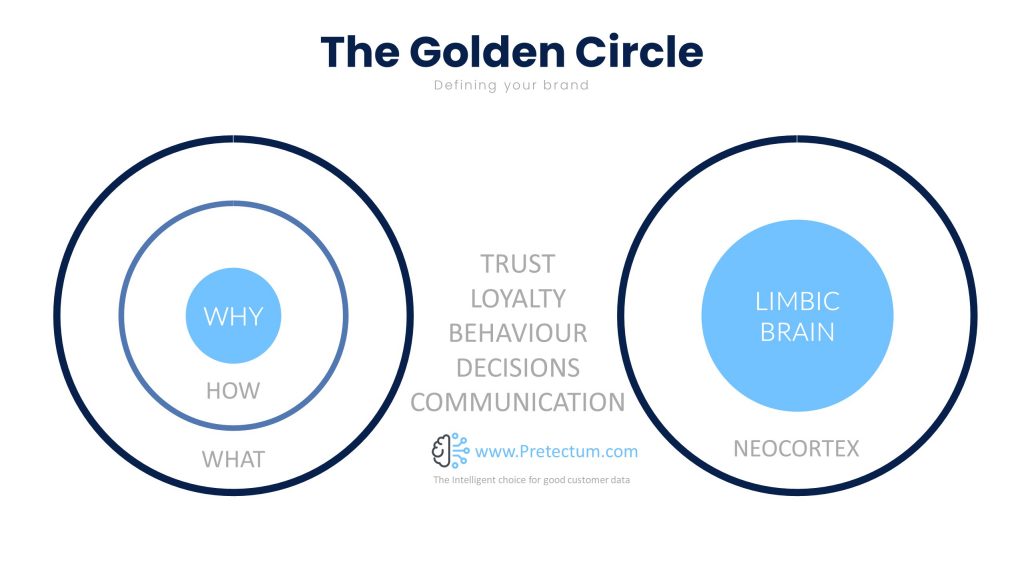Build a brand that is loved
Your marketing team, your founders, the industry analysts, and of course your share and stockholders likely view your organizational brand as one of the most valued assets your business has.
That’s assuming you have a brand that is easily identifiable and discernable from the rest of the pack.
When your customers interact with your brand they may have different kinds of emotional experiences and they may be excited. What you don’t want, is for that excitement to be boiling blood or end on a low.
As individuals, we have a brand too. It could be our fashion sense, the way we speak, the way we engage with others. For some, the personal brand is a carefully curated aspect of their identity. Likely something distinctive, memorable, and potentially long last. You may or may not work hard on your personal brand but as a business, you cannot afford to neglect it.
If you’re a small or medium-sized business that hasn’t been around for a long time, then the chances are that you are trying to establish your brand and identity in which case there is no better place to start than with thinking about exactly what it is that you want to say about your business.
A successful brand has a powerful purpose behind it which is articulated in how it interacts with customers and prospects and how it presents itself. One of the reasons, for example, that some people choose to always stay at the same hotel group, is that they enjoy the same experience wherever they are in the world. That can be boring to some, but to others, it produces a comforting monotony that they might need as a safe haven. Similarly, individuals who make an extra special effort to travel with particular airlines or rent from particular car-hire companies, is that they are looking to get some kind of special treatment or reward over and above the kinds of treatment that ad hoc customers have.
A brand, for an organization, is something that ensures, day in day out, and delivers on a particular promise of an experience consistently either through products or service.
You can think of these aspects as closely tied to brand purpose and you will often see it in how businesses describe their mission or business ethos.
For consumers and customers, according to Nielson 59% of consumers prefer to buy new products from brands familiar to them. so there should be little doubt in your mind that it is important to build and maintain that unique and recognizable identity.
As a part of defining your brand, you’ll want to consider why your business exists, what the value of it is to your audience, what makes it different from the competition and why your audience should care.
You’ll then encapsulate all those aspects into a logo, a slogan or tagline, a value proposition, your tone of voice in messaging, customer stories and narratives, and so on. To understand more about Pretectum, consider why we are the way, who and what we focus on, we are, and what we consider as distinctive about our business identity.
Borrowing from British-American author and inspirational speaker Simon Sinek, we consider the Golden Circle. The neuroscience behind the Golden Circle theory is that humans respond best when the business messages communicate with the parts of the audience Amygdala and the Hippocampus which are part of the limbic system. These aspects of the brain control emotions, behavior, and decision-making. They’re involved in rapid and unconscious impacts on motivation, emotion, learning, and memory.
While this is a more primitive part of the human brain when compared with the forebrain, they also manage fight or flight responses to threats.
Sinek argues that the ‘Why‘ is probably the most important message that an organization can communicate – this, in turn, will stimulate some sort of decision or reaction from the audience. Sinek elaborates on this concept in his 2009 book Start with Why.
You might consider using the Golden Circle concept to help your business in identifying the purpose behind almost anything.

The three parts that make up the Golden Circle
- Why – the reason you are passionate what you offer and why your business exists
- How – the things that differentiate your business from others
- What – the products or services you offer
Pretectum believes that your communication can be best achieved when you know more and understand more about your customer and strengthen your brand. To do that, you need to have comprehensive and correct data.
To create and leverage such data you need to have a centralized repository of customer master data – that’s where the cloud-based Pretectum Customer Master Data Management platform fits in. Contact us today to learn more.


